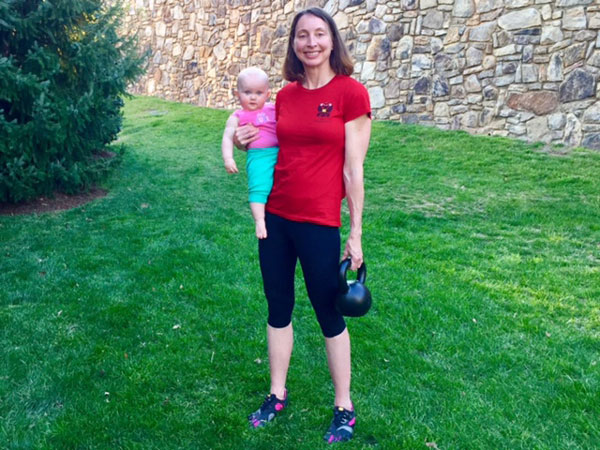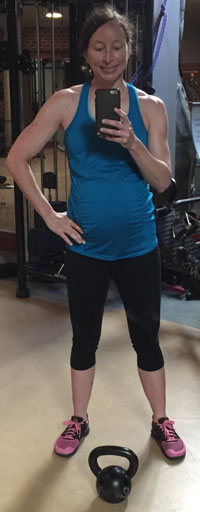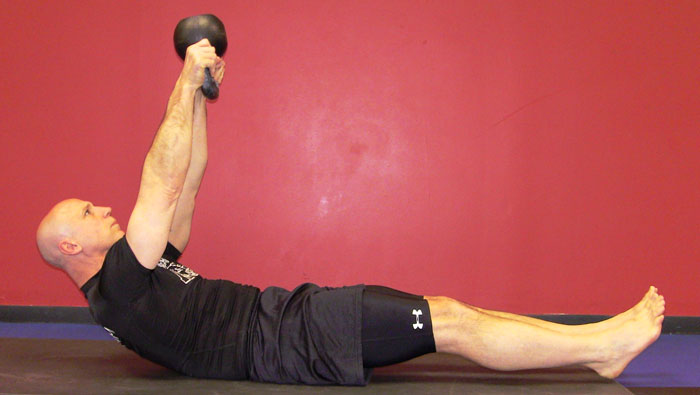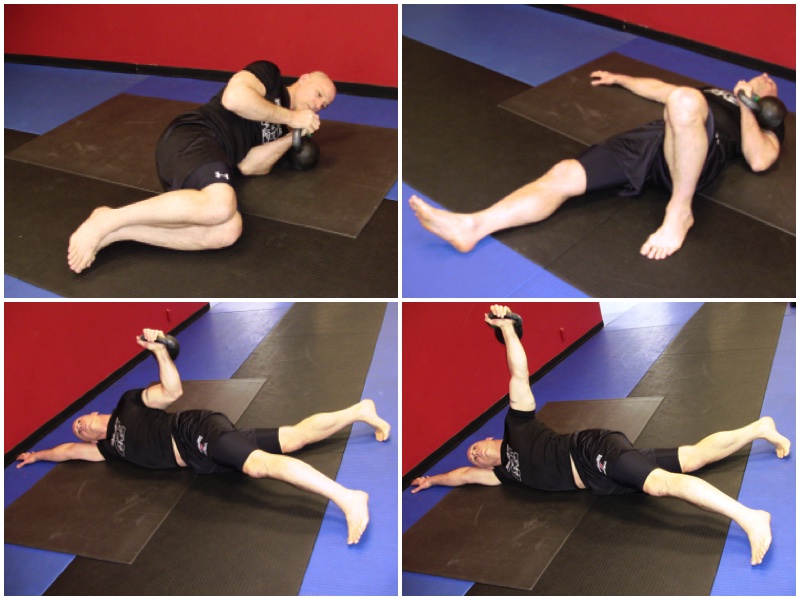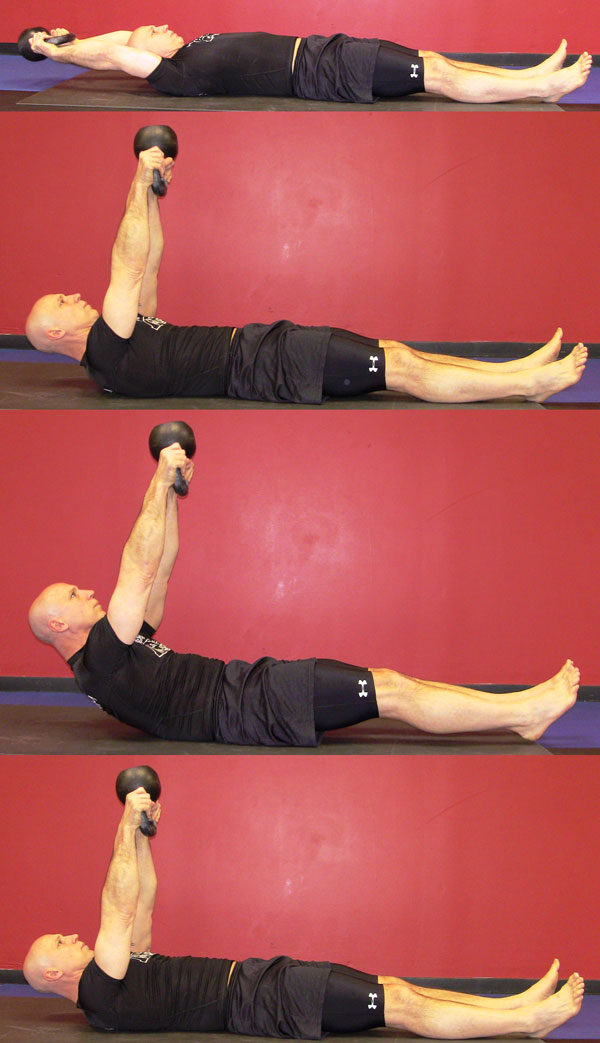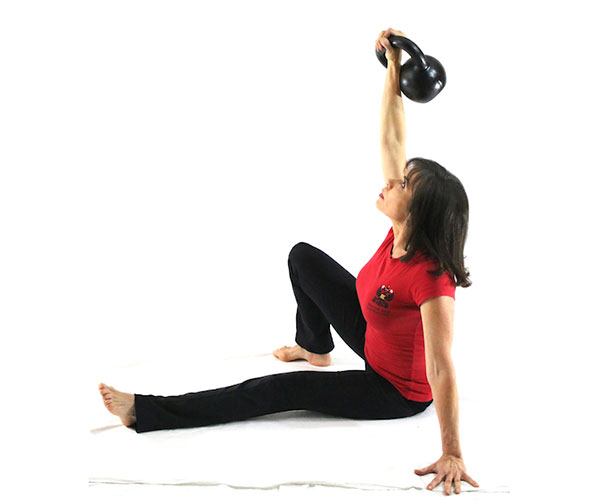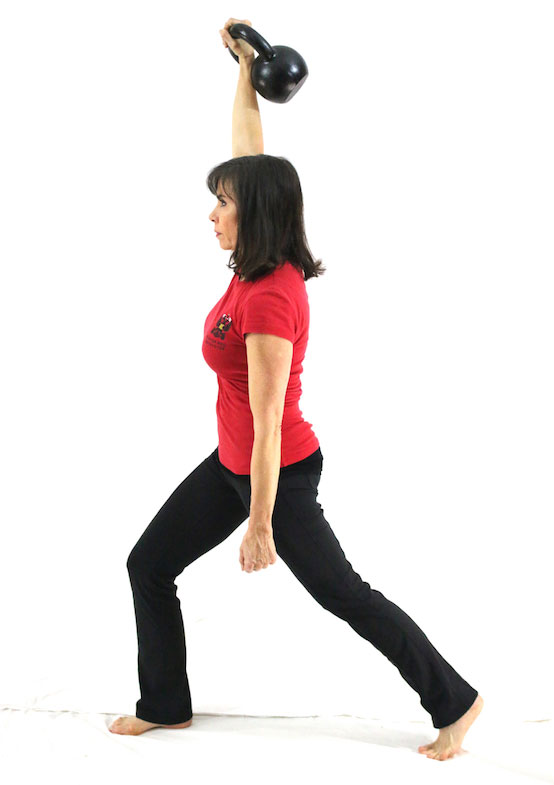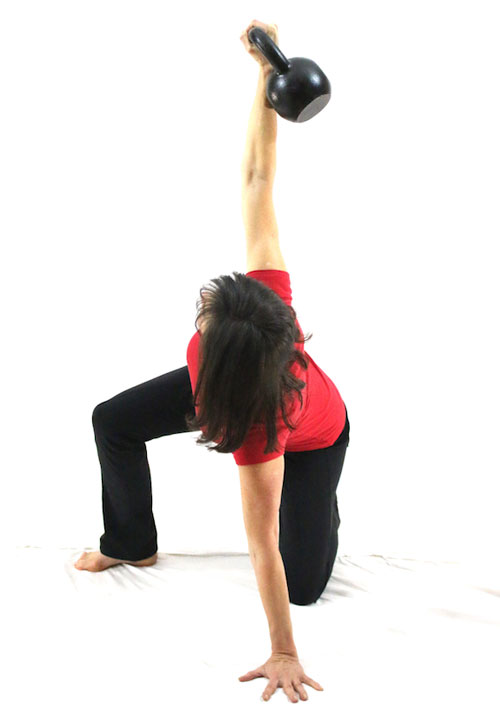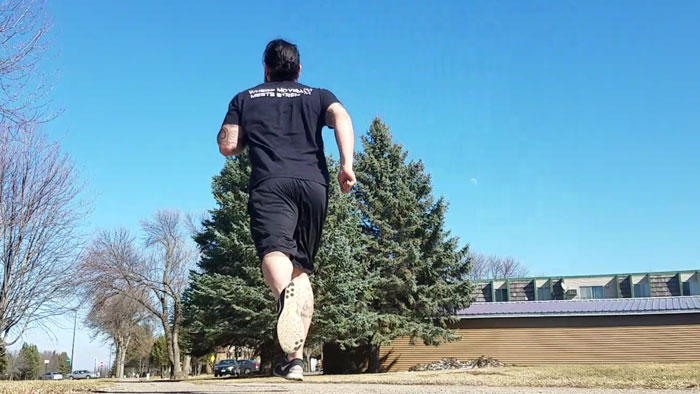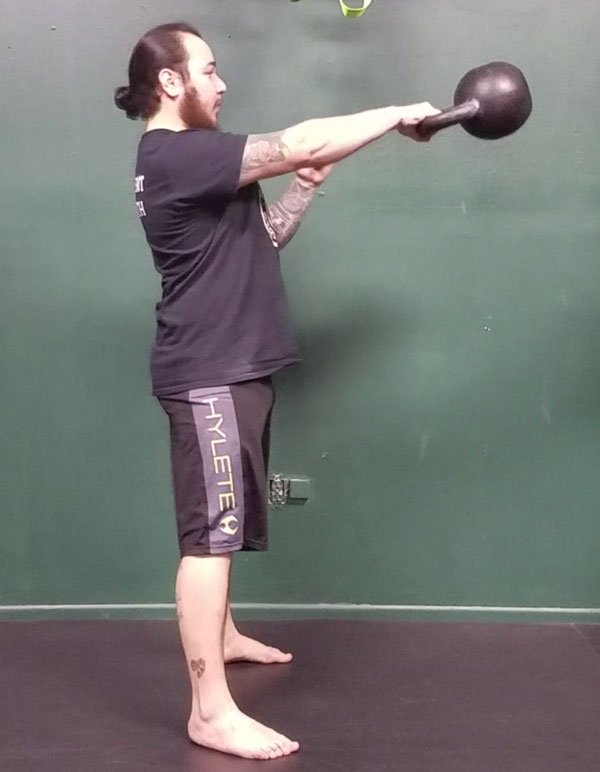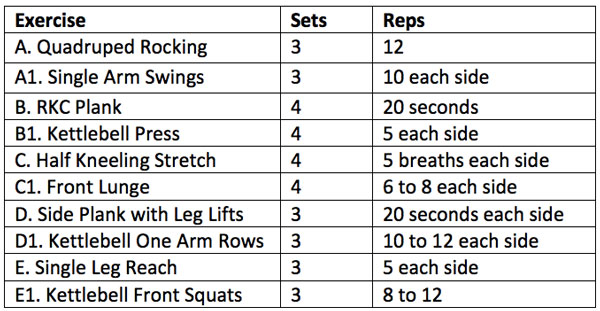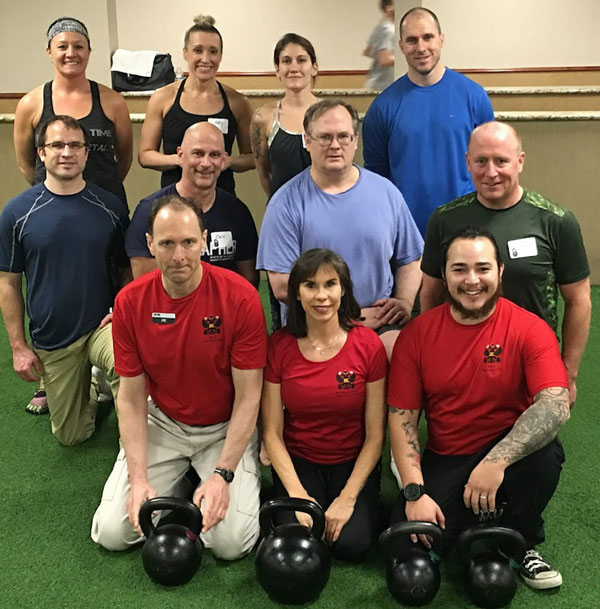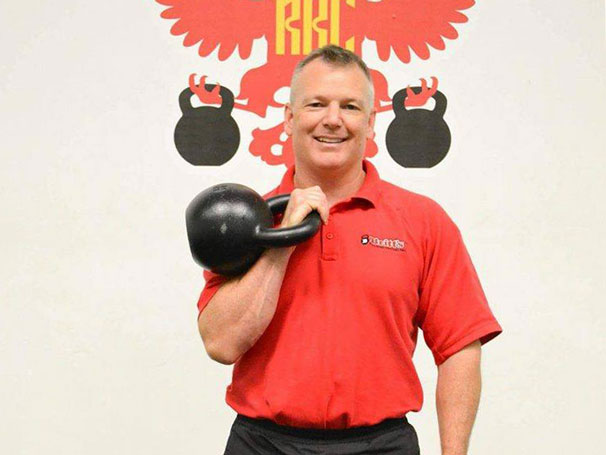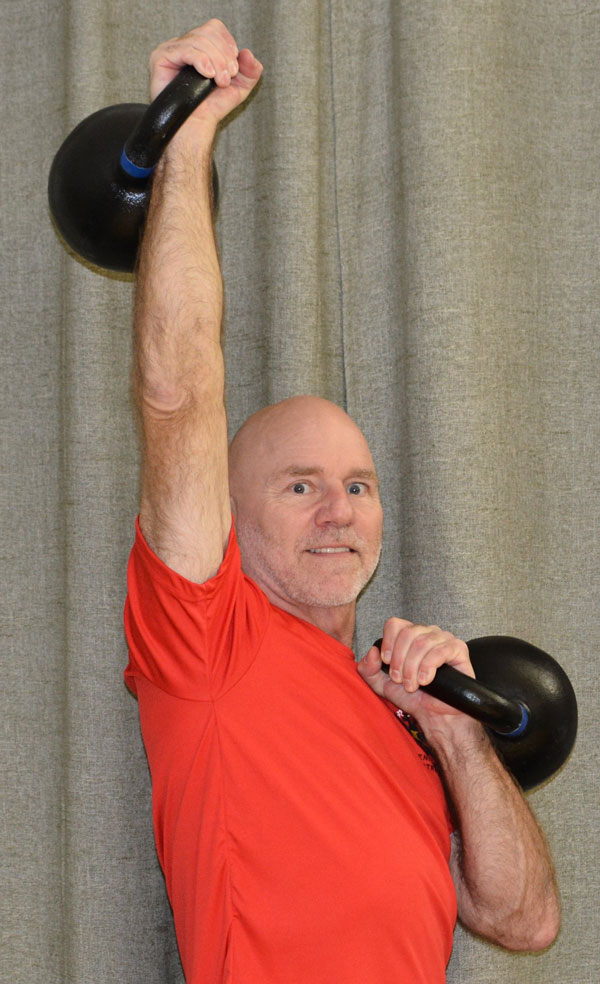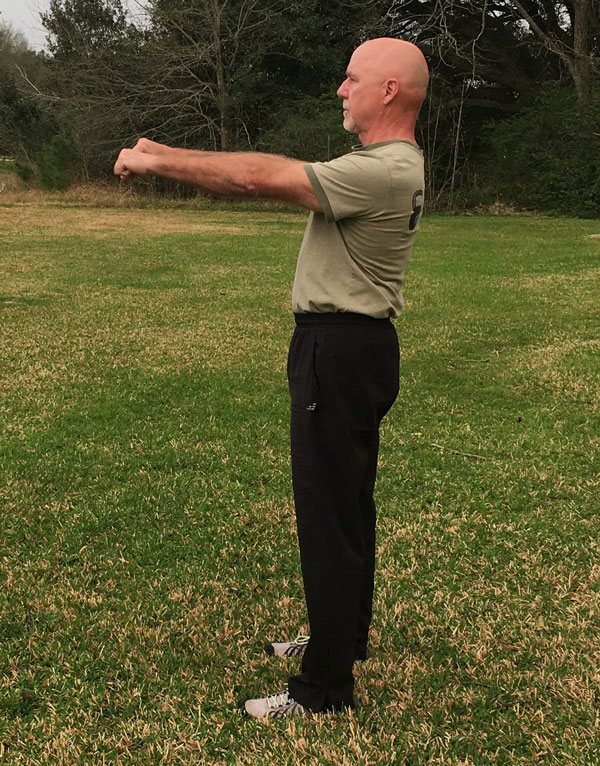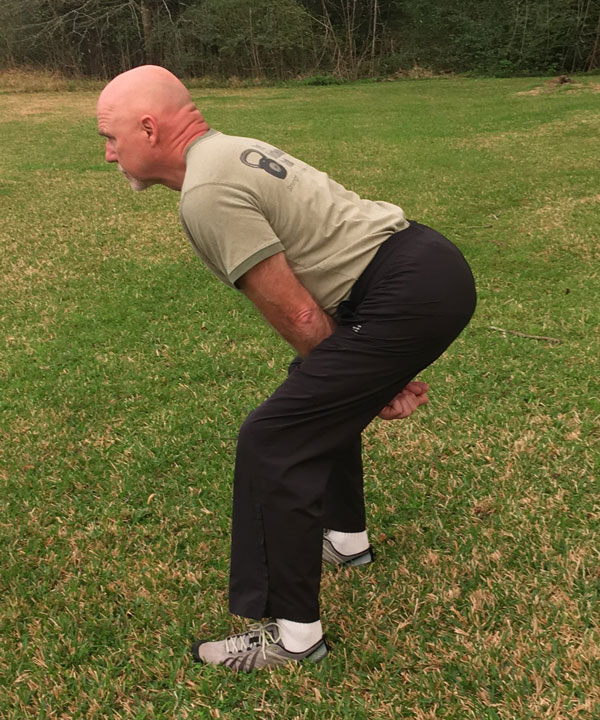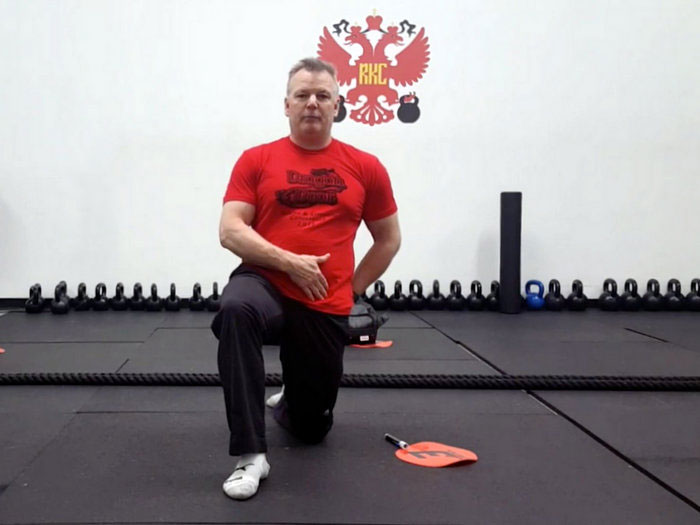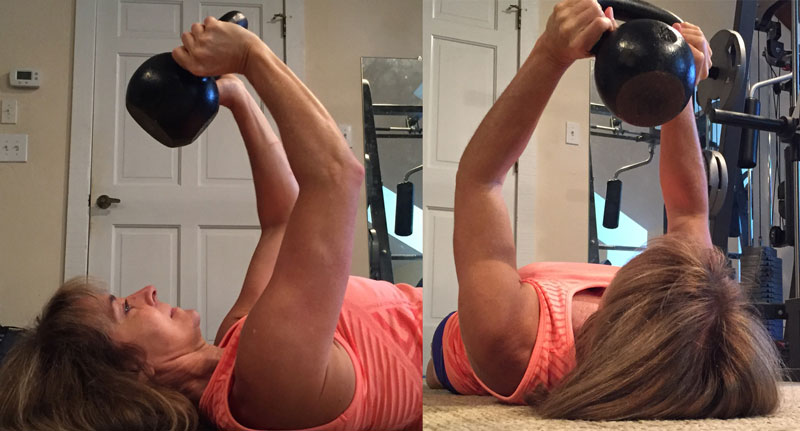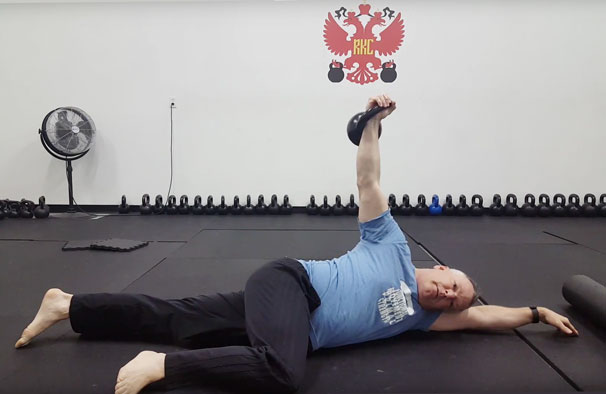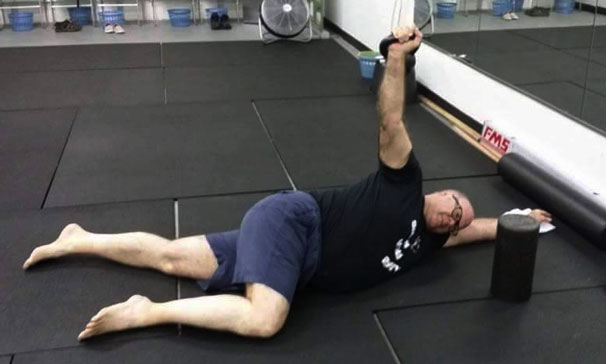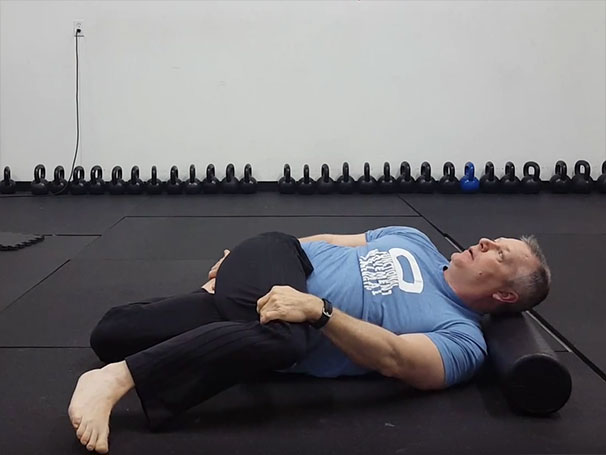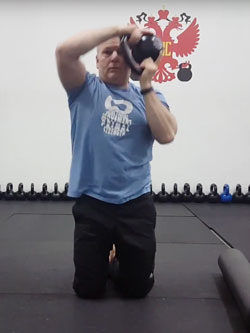
At a Dragon Door workshop back in 2010, a Senior RKC taught us how to do slow motion get-ups and my life was forever changed!
In theory, slowing down a get-up sounds simple enough—but you know what they say about “simple but not easy”! When I tried a slow motion get up for the first time, I noticed that I wanted to go through it way too fast. At the workshop, we were instructed to try and take a full minute to get from the floor to standing, and then another full minute to get back to the floor.
I was amazed. Simply slowing down the pace of the get-up amplified every nuance of each step and each movement. The weight is also amplified. At the time, I was able to do a solid get-up with a 16g kettlebell—and sometimes a 20kg. I scoffed when they told the women to use an 8kg kettlebell. Quickly, I realized that when moving slowly, an 8kg kettlebell is no joke! Time under tension is increased—and the whole move is much more difficult.
I found that certain parts of the get-up were excruciatingly had to do slowly—and that the steps requiring mobility in areas where I was tight were the most difficult of all. This slow motion drill was a great lesson. It taught me where I needed to improve my mobility, and where my strength and movement quality needed help.
 Slow motion get-ups are different than doing a get-up at a regular pace and pausing at each step. Perform a slow motion get-up as though you’re watching yourself on video, frame by frame. Definitely pause at each step to check yourself (just as you would in a regular get-up) but move in super slow motion from one step to the next. At first, you may want to try slow motion get-ups with no weight. It’s surprising how challenging this drill can be!
Slow motion get-ups are different than doing a get-up at a regular pace and pausing at each step. Perform a slow motion get-up as though you’re watching yourself on video, frame by frame. Definitely pause at each step to check yourself (just as you would in a regular get-up) but move in super slow motion from one step to the next. At first, you may want to try slow motion get-ups with no weight. It’s surprising how challenging this drill can be!
If you find a step where you aren’t able to move in slow motion or where you naturally speed up, then that’s an area that needs some work. You may need to mobilize your hips, shoulders, and/or your thoracic spine. Or, it may be that an area needs more strength and stability. Attack the issue from all angles, but if you feel like your body is stuck, then it’s usually because of a mobility issue.
Another way to improve your technique is to take note of asymmetries in your movements from left to right. These movement asymmetries can also be caused by immobility or lack of strength and/or stability.
Improve Mobility Challenges With These Drills:
When practicing the half get-up (at the elbow or posting to the hand) insufficient thoracic mobility can cause people to slump forward or be unable to get into a tight position with the shoulders packed and the side of the body straight. Another compensation for poor thoracic mobility is compensating by arching the lower back.
Here’s one of my favorite drills to improve thoracic mobility:
Rotational thoracic mobility is also important for the get-up, since the half get-up and half windmill phases are in the transverse plane. Here’s a helpful drill:
For shoulder stability, I love the simplicity of a good waiter’s walk. During the drill, really focus on using your lats to hold your arm overhead. Think about drawing your entire arm and shoulder down into the socket.
The “standing bird dog” is a great drill that delivers a double whammy of shoulder stability, core stability and strength in both areas. Dan John describes it in detail in the Hardstyle Kettlebell Challenge. Start by pressing the kettlebell overhead. Set the arm and shoulder in place, as in a waiter’s walk. Then, lift the leg on the same side (raising the knee up) and hold. When you can no longer keep your balance, put your foot back on the ground and then raise the other leg. Hold then switch the kettlebell to your other arm and repeat the drill.
Good luck with the slow motion get-up and these mobility drills. Please leave your comments below if you’ve tried them before, or if you try the drills for the first time now!
****
RKC Team Leader Shari Wagner, RKC-II, PCC, CK-FMS owns Iron Clad Fitness in Denver, Colorado. She can be contacted through her website at IronCladFit.com, email: info@ironcladfit.com or by phone 720-900-4766. Follow her on Facebook: facebook.com/IronCladFitness and Twitter: twitter.com/IronCladFitness.
